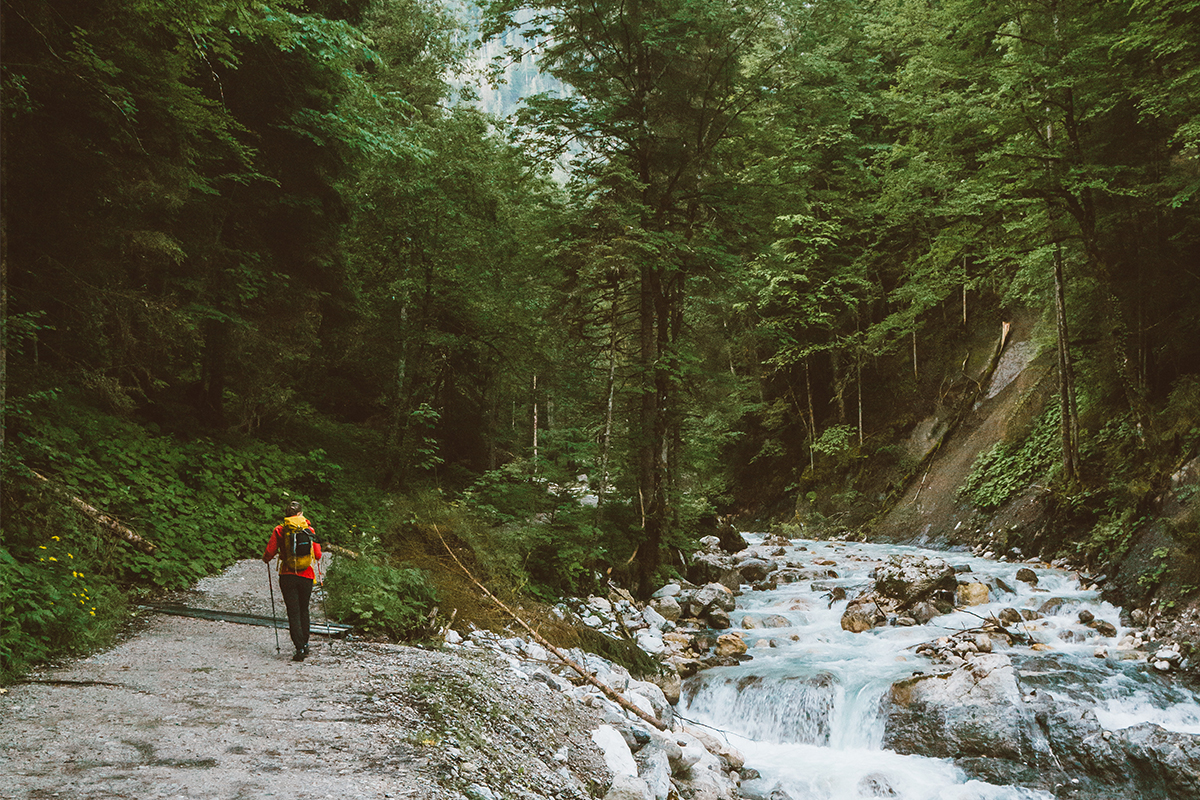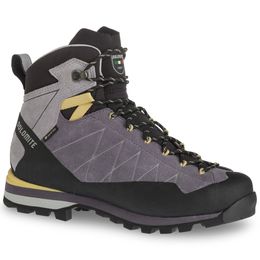How to pack your backpack for your multi-day trekking trip
The preparation phase prior to a trekking trip is an important moment that requires a great deal of care and thoroughness. First of all, you should make a detailed checklist, and jot down on a piece of paper all that you think you will need to be able to handle your journey as best as you can. Once that’s done, you can go through your trekking gear and group each item into three categories, based on your needs. They are: INDISPENSABLE, USEFUL, NOT NECESSARY. Performing this step will force you to make an accurate and objective selection.
Next is the “practical test”, where you try out different loading routines to actually test the weight of the backpack that your shoulders and back will have to carry while trekking, and to visualise its size and bulk. During this phase you will arrange your gear in such a way as to obtain a well-loaded pack that feels balanced, excluding or adding any other items that were initially overlooked.

The bivouac camp equipment
Going on a trek for several days essentially means you will have to be more or less independent. Achieving a good level of self-sufficiency will certainly make your pre-arranged travel plans more flexible and earn you a greater sense of freedom.
As opposed to the traditional gear used on a one-day hike, the additional gear you will need when setting off on a trek consists of bivouac equipment, i.e., a tent, a sleeping pad and a sleeping bag. With these three items you can actually set up a bivouac virtually anywhere (woods, mountain pastures, grazing lands), with the additional advantage of being able to make changes to your initial travel plans. However, be careful not to confuse bivouac with camping!

Meals
Another aspect to take care of when travelling is food. You can choose to pack dry food like snacks, sandwiches and fruit, or carry a small gas stove or alcohol burner, and a campfire cooking kit to enjoy hot food and more variety in your meals, or just prepare a regenerating hot cup of tea whenever you like.
Outdoor apparel
Clothes are also important: being equipped with high-performance clothing guarantees the best protection against atmospheric agents, less weight and a good level of comfort.
Here is a short list of what to pack:
- a warm garment (a quilted jacket), which is very useful if the temperature suddenly drops, particularly in the mountains, as we all know.
- A Gore-Tex jacket, a pair of waterproof rain trousers, and a waterproof backpack cover to protect your gear from rain or wind.
- A technical sweatshirt or fleece.
- Long hiking trousers.
- Breathable and thermal underwear.
Don’t forget to pack a hat and a pair of gloves in one of your accessory pockets even during the summer. Also, plastic bags can definitely come in handy for packing a set of fresh clothes to keep them dry when it rains.

How to pack your equipment
BOTTOM ZONE, good for lightweight gear like a sleeping bag and a sleeping pad.
MIDDLE ZONE, good for your heavier items (like a tent) to help create a stable centre of gravity and enjoy a balanced load during your trip.
TOP ZONE, good for fast access and frequent use essentials such as a map, a camera, sunscreen, a water bottle and a pocket knife.
As we mentioned earlier, being equipped with a backpack packed efficiently enables you to face different weather conditions (cold weather, rain, sunshine), and meet the basic needs of a multi-day hike like meal preparation and personal hygiene, much-needed small comforts for recharging and restoring your energy level when resting.
Author: Davide Canil (Kalipè Trekking)



